
Photo Credit
Pixabay
Subhead
Here's How to Go Sparrow-Spotting
I love watching the sparrows. I planted grass seed in a very sandy soil type area of my yard. I was wondering why I had little moguls (indentations in the soil) all around that area and eventually found out ... the sparrows were making this sandy area their dust bath. It was fun watching them and my grass eventually grew in. Sweet !
This was a really well-written, entertaining and sweet article. More pieces by this writer, please!
Adorable! I have a great affection for sparrows (or...finches, as it were), and it stems from my father, who would build all sorts of contraptions to feed and house them. Or maybe it was to attract, feed and house other birds, but the sparrows took over, and I was too young to realize the difference. My dad was the one who planted the 'birder' seed in me. He pointed out that the male sparrows were the ones with the beards. And the rest is history. To this day, sparrows remind me of my father. There's even a particularly crotchety one who noisily dominates the giant maple in the front yard, who makes me laugh. He's so dramatic! He thinks he's so tough. He continually lures other males into chases around the house, knowing he has the little bird house in the front to escape into. He's a crusty bachelor, as far as I can tell. I affectionately call him 'Poppa'. Not that he shares any characteristics with my own pops, lol.
My boyfriend called me one day and said he found a baby sparrow at work. He had disrupted its nest when he was moving pallets with a fork lift and had killed its nest mate. He picked it up and put it aside hoping that the mother would come back for it but never did,
He called me and said he found a baby bird and asked, "Can you make it live?". I admitted I had not had much luck with baby birds but said I would try, Robert came to my house that evening with the baby in a cage his mom had.
"Spanky" he said, "Spanky?" I replied. "Spanky" he said said.
This little thing was just starting to grow feathers and looked kind of grumpy, I went to the store and bought some baby food and found an old eye dropper to feed him with, Spanky had a good appetite and fell asleep when it was dark. I covered his cage with a blanket and hoped for the best. (Overnight is usually when I lost most of my baby birds.)
The next morning I took the blanket off expecting to find Spanky a gonner but to my surprise he opened his eyes and his beak wanting to be fed,
Spanky was with us for two years, He was the best, funniest and most unusual pet in our lives. Spanky wanted to eat whatever I was eating and I would give him a bite, He loved to steal potato chips and wanted to drink anything that was bright colored. Spanky had no fear of our cat, Twink. Spanky would use Twink as a couch, and would ride around on our dog Scout,
Spanky even learned to speak! I knew that many birds would mimic car horns and alarms but to hear a sparrow talk was astonishing! He could say about 15 words or whistles that I used to call for my dog and cat, (Yes, even the cat.) He would call my daughter Miss Beff, which is what I called her and call my son Sky, whose name was Skyler. He called to Scout and did his whistle and called the cat Twink, I was Mom and my boyfriend was Rob.
Spanky was scared to death of the cat laser when he figured out he couldn't catch it. If he was mad at you he would cuss you out in his birdie language and hide in his nest, He took a bath every other day and even had a special dish to bathe in. Spanky rode around on the back of my wheelchair and almost never pooped on me or anything in the house, he used his cage or the very tops of my kitchen cabinets where he liked to hang out and observe what was happening in our home.
Spanky was so loved by Robert and me; he was the child we never had. We cried for days when he escaped, but he was a big boy then and wanted a mate. We would hear him around town calling for Miss Beff or Scout. I hope he found a Mrs. Spanky and had dozens of eggs that hatched.
I never knew that the rufous sided towhee (the bird pictured at the heading of this article) was a sparrow! It's nice to learn something new each day.
Overdue,thanks! I'm lucky enough to work on the Southern Great Plains where I'm often surrounded by some of the most beautiful sparrows around; The Grasshopper Sparrow, Cassin's, Lark Bunting, (all in decline). The Spring migrant Spizellas; Chipping, Brewer's, Clay-colored, and the occasional Field Sparrows.. and the Savannah, and all the "variable" Juncos, the resident Spotted Towhees and the passing Green-tailed Towhees make for some entertaining sunrises. This family and the "peep" sandpipers seem to be the last groups that people learn but are well worth the effort.
Excellent and entertaining writing! More like this please! :)
Interesting! I hope that everyone's weekend was both great and safe,having a good week and has another good weekend,plus I also hope that they had a happy Halloween!Unfortunately, I don't see many Sparrows here in Tennessee where I live.
As a fellow Tennessean i say keep looking! :) Many various sparrow species are currently migrating into our area. Must mean our Northern friends are going to have a tough winter!
Having house sparrows around hardly is cause for celebration. They have become an invasive species, displacing native birds like the black-capped Chickadee. It is just another saga of man messing with nature and creating another catastrophe.
- « Previous
- 1
- 2
- …
- 10
- Next »

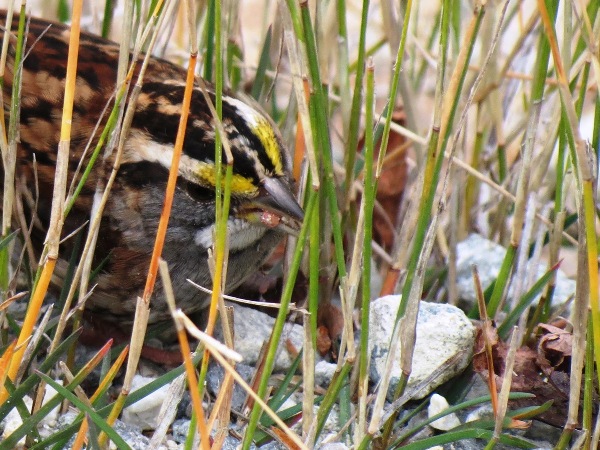
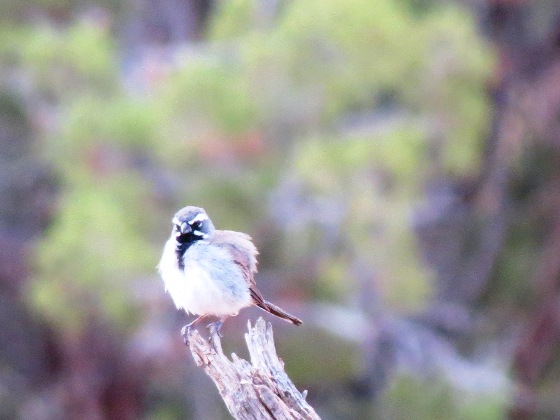
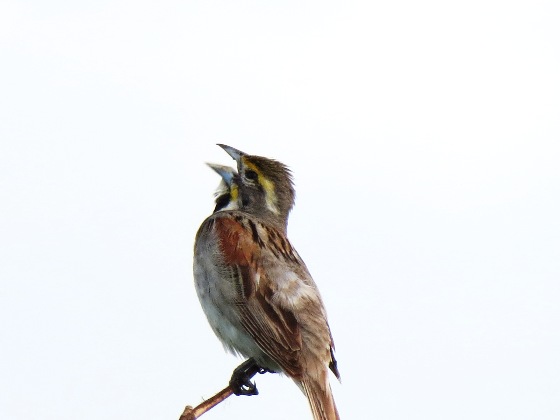
.jpg)
.JPG)
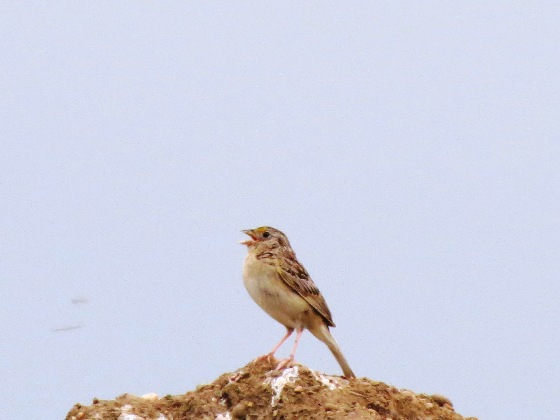
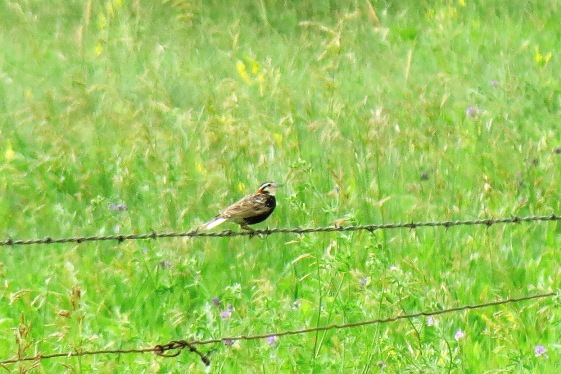








Comments